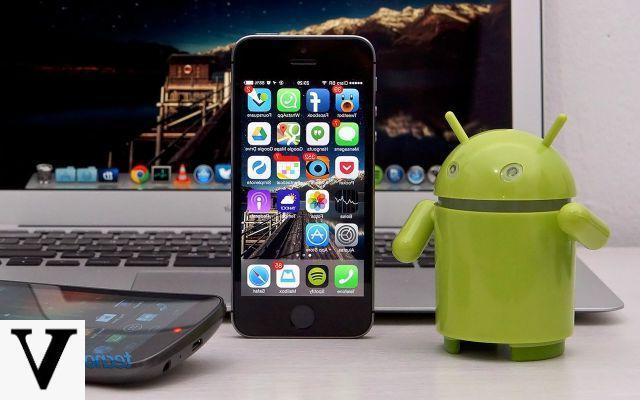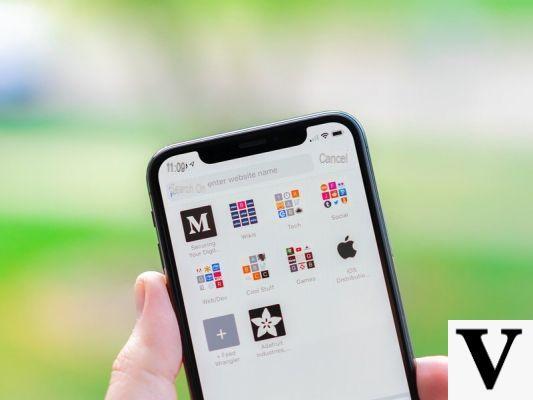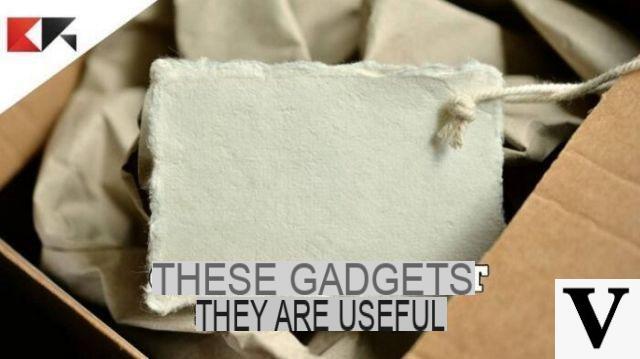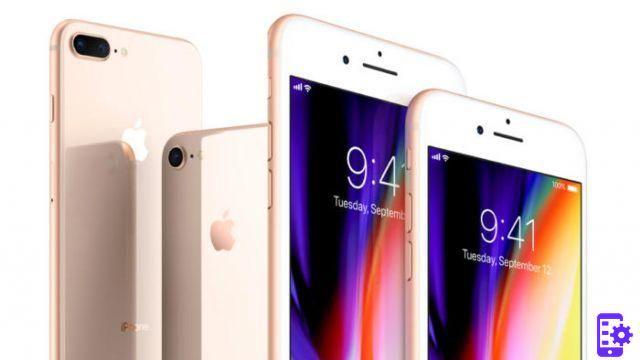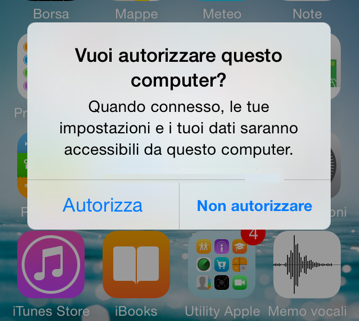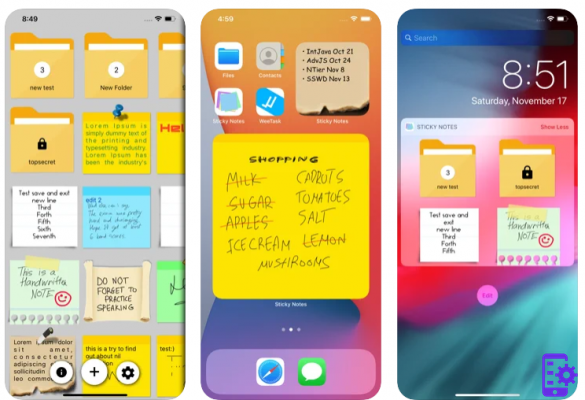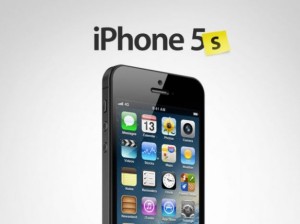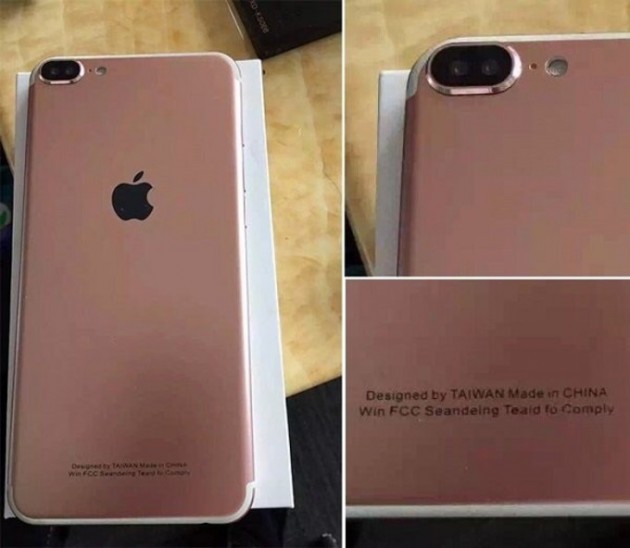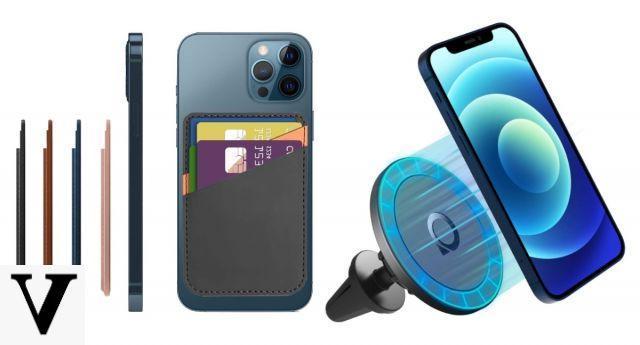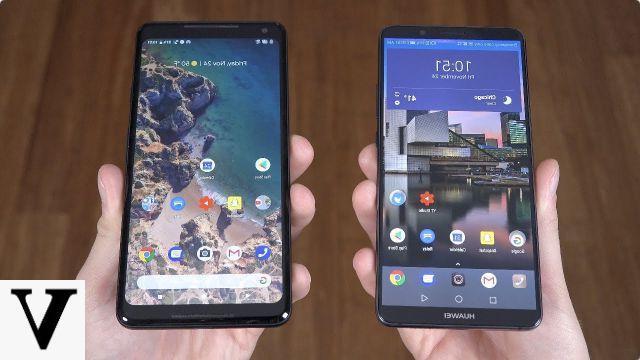
It was October 10 of last year when we told you about the Google Pixel camera. The specialized site DxOMark every year, for the mobile sector, it analyzes the best smartphones on the market by assigning them various scores, (from the hardware characteristics to the photos in the most disparate lighting conditions) and in 2016 the Google Pixels (both the Pixel and the Pixel XL) were the first two smartphone to reach a score of 89/100 (then increased to 90).
Things, in the space of a year, have totally changed, at least in the scores, and some results confirm some hints that were already there: the Pixels remain, overall, the best, but iPhone X and, extraordinarily, Mate 10 Pro, this time they are worthy opponents.
THE COMPARISON
As mentioned, in 2016 in this special ranking, Google excelled without rivals, mounting the unprecedented device on its devices Sony IMX378 Exmor (later used only on Blackberry KeyOne, XiaoMi Mi5 S and HTC U Ultra, with other results) managed to get rid of the competition, although there was a big lack, it optical image stabilizer (OIS).
Despite the focal aperture of 2.0, a standard focal aperture used by many manufacturers but still lower than the apertures that Samsung uses for its mobile cameras, the first generation Pixels are able, thanks to very sensitive lenses, to capture a greater amount of light. and, above all, to capture colors in the best possible way, which are natural and vivid. In addition, the Pixel also excelled in the video field, where they can capture video in 4K at 30fps or 1080p at 120fps.
[scheda_tecnica id = ”226804 ″]
Google has tried to repeat this success and, indeed, has succeeded.
For those unfamiliar with DxOMark, is a specialized site that tests, reviews and scores the various terminals among which, in recent years, smartphones have also appeared. Obviously, a result of 90/100 will never equal a result of 90/100 of a compact or, even worse, of an SLR.
DxOMark, to make its own reviews, takes more than 1500 photos with the terminals (in the most disparate lighting conditions), more than 4 hours of video (the same as before) and then has them analyzed by various experts not only visually but also via software specific. Precisely for this reason, the results of DxOMark have always been considered of great importance.
Google Pixel 2 / Goole Pixel 2 XL
[scheda_tecnica id = ”267906 ″]The cameras of the two Pixels, in fact, have evolved. They no longer have a Sony camera (at least it seems so), but an unprecedented one Google Dual Pixel, a code name that, at the moment, still hides the true identity of this camera. But leaving aside the formal things, in practice a lot has changed, in fact the characteristics of this camera are:
- 12 Megapixel
- 1/2.6-inch 12MP sensor
- Open f / 1.8
- Dual-Pixel Autofocus
- Optical Image Stabilization (OIS)
- HDR+ technology
- Massive optimizations and software implementations.
As you can see, the first thing that catches the eye is the presence ofOIS which, despite the excellent results of the first generation, caused quite a stir, although it was optimally replaced by software stabilization which, we would like to clarify, will never be able to match the work of hardware stabilization.
For DxOMark the Pixel 2's camera is the most balanced camera.
Photos in optimal lighting conditions return excellent colors and a dynamic color range they say "impressive". Furthermore, the details captured are of an impressive precision, as can be seen from the images below.
Autofocus is considered eccellente and allows the sensor to focus correctly in any situation.
In low light conditions, the Pixel 2 do a great job, maintaining precise details, even if there is some noise that, rightly, is managed in the best way by the software, without it becoming very invasive (what often the cinafonini, although equipped of powerful sensors, they do not), both without but especially with the flash.
As for zoom and effect Bokeh, although the Pixels mount only one camera, the new born of Google they do well. The software manages the blur effect well but obviously the results are worse than those of a smartphone that natively implements these features thanks to a secondary camera.
Finally the videos. The implementation of the OIS it makes itself felt, but it is the details that make this smartphone the undisputed King, which dominates the competition in all respects. If in fact the images are sharp and well defined, this is due to the autofocus that works in a manner brilliant, the exposure that is correctly managed and, above all, the excellent work of the microphones that deal with noise reduction, non-invasive (the first defect of almost all smartphones) and precise.
Pixel area scores are (photo)
Pixel 2 / Pixel 2 XL scores (video)
For more details click here.
Apple e iPhone X
That Apple has focused a lot on the photographic part, both on the new iPhone 8 and, above all, on the wonderful iPhone X is not new news and the results are awesome.
[scheda_tecnica id = ”266044 ″]- 12mpx camera, f / 1.8 OIS
- Second camera, telephoto lens, 12mpx, f / 2.4 OIS
- Video 4K at 60fps
- 7mpx f / 2.2 secondary camera
In fact, for DxOMark the photographic department of the iPhone X is by far the best but in comparison with rivals Apple it loses points in the video department. But let's see more specifically.
In ideal light conditions, iPhone X returns excellent results, with excellent exposure management and highly refined details, even in light and shadow conditions. Unlike other smartphones, the sky management is perfect and the balance of colors is enviable.
Even in low light conditions the X performs just fine. The colors are still captured in an excellent way, although they tend to lose some saturation and with almost no light, although the photos are not managed with the right exposure, they remain usable. The extra step of the iPhone X over the Pixel is the noise which is, generally, less in any light condition.
The strong point, of course, of the iPhone X (and 8 Plus) is the dual camera which, thanks to the telephoto lens, allows a physical zoom up to 2x and, above all, the portrait functionality, improved compared to the last generation which returns a improved bokeh effect, although it does not make a miracle cry.
Note on the optical stabilization also of the second camera which is a not indifferent detail, which allows to reduce noise even more and to better manage the in-focus parts of the photos.
Finally the videos. iPhone X looked great. the 60fps for 4k videos made a miracle scream, and actually they are a feature of no small importance, but it is in the management of videos that, probably, iPhone has lost the comparison with its competitors.
In fact, if the captured videos have a very good exposure in optimal lighting conditions, with a fast and precise autofocus, the videos lose points when the lighting conditions become more difficult. But it is in the stabilization that the iPhone X seems to disappoint. In fact, despite the dual optical stabilization, DxoMArk reviewers note noticeable vibrations of walking motion videos, something unusual and that you would not expect from a 1200 euro smartphone.
The scores by areas of the iPhone X (photo)
iPhone X (video)
Details here
Huawei Mate 10 Pro
It may seem strange, but the lowest step of the podium is deservedly taken by the Mate 10 with his double Leica camera.
[scheda_tecnica id = ”269135 ″]- 12 Megapixel fotocamera principale RGB f / 1.6
- 20 Megapixel second monochrome sensor, f / 1.6
zoom 2x - Autodocus Laser
- 4k a 30fps, 1080p a 60fps
That Huawei and Leica were betting a lot on this Mate 10 Pro is nothing new. It is no coincidence that on the day of the presentation they served on a silver platter, reviewers and journalists, the opportunity to try in low light conditions (or even absent) the dual camera that performed excellently, even according to DxOMark experts and, not surprisingly, will reward the ability to noise reduction which, at the moment, has no equal.
The color rendering, always in low light, is accurate but like the iPhone X it loses some saturation in more extreme conditions. Furthermore, Huawei has managed to perfectly balance the flash (not an indifferent stuff) and thanks to it the cameras are able to balance the colors in an excellent way, white and to capture a lot of details. Then the choice of inserting the flash in the center of the body is smart, so that it allows the camera to recover acceptable details in all angles.
In conditions of excellent brightness, the details and colors captured are good, but the automatic exposure is not at the levels of the Google and Apple home devices and, often, shows noticeable underexposure. Nonetheless, white balance is considered the most consistent, although color saturation, especially outdoors, can become a bit too sharp. But what is surprising about this smartphone is the detail.
As for the zoom, it too, with its second monochromatic 20 megapixel camera, can do a 2x optical zoom which is believed lower to that of the iPhone X but superior, of course, to that of the Pixel 2. Although it is a mode that has characterized the last two generations of iPhone, the Mate 10 Pro manages to improve the bokeh effect results of portrait mode, thanks to the new Wipe Aperture mode.
Finally the videos. Net of what emerged from the photos, we would expect some exposure problems with a higher level of detail… and instead it is exactly the opposite. During the videos, the exposure is handled very well and the autofocus works precisely and quickly. Although the camera manages to capture a lot of details in Photo mode, videos do not follow this step, often returning very low texture levels, even in ideal lighting conditions.
Despite this, in the videos there are low noise levels, thanks to the very wide focal apertures and the software compensation of the device.
The scores by areas of the Huawei Mate 10 Pro (photo)
Huawei Mate 10 Pro (video)
But in all of this… Samsung ?!
The lack of Samsung in the first 3 places of this special ranking makes a certain uproar, however. Indeed, at the time of the presentation of Note 8, the Samsung home device was first in the standings, but the presentation of the Pixel 2, iPhone 8 and Mate 10 Pro has totally changed the cards on the table.
The best device, from this point of view, from Samsung in fact takes "only" one 94, positioning itself off the podium on an equal footing with iPhone 8 Plus. If in fact Note 8 is, after iPhone X, the best device in the purely photographic field (takes a 100 round, as well as Mate 10 Pro), loses a lot in the video field, where it scores an average of only 84 points.
Overview
Having said all this, let's try to make a general overview. Pixel 2 pay the lack of a second camera, useful both for the bokeh effect and for the zoom but, above all, to capture more light both during the day and in the most critical situations.
It is in fact here that we notice a second camera, designed like that of the Mate 10 Pro, make a difference, increasing the brightness allowing you to capture less noise which, in low light conditions, is often predominant.
In the photographic sector the Pixels arrive only thirds. In fact, iPhone X excels, which takes sensational photos but, as usual, gets lost in little things. In fact, if the management of colors, exposure and fire is brilliant, X is the device that takes photos in the worst way in low light conditions, especially with the flash, not very powerful and with a rather questionable eye management since, often, the subjects are captured with Red eyes.
The Pixel Flash, on the other hand, is impressive and excellently illuminates subjects at close range in low light conditions.
Continuing on this path, with non-optimal light, the results are discordant and clear. iPhone X behaves badly with the flash but very well indoors, where the light is not as optimal as outdoors and manages colors and white balance much better. The pixels capture a lot of details while the Mate 10 Pro is somewhere in between.
The exteriors, with well-marked contrasts between lights and shadows, see the three devices excel: probably the Pixels have a higher detail, but the photos are excellent for everyone and it is incredible how, year by year, manufacturers are making great strides. .
As for the videos, where however there are no samples, Pixel 2 repeats the superiority thanks, finally, to the presence of the OIS which, apparently, does not work in the correct way in the iPhone X and this is also quite strange and brings out , as mentioned before, that the Apple camera, for small details, fails to take the final flight.
What, then, do we draw from all this?
In the purely photographic field, the best camera is that of iPhone X, followed by the Mate 10 Pro and Note 8, but the most balanced one proves to be that of the Pixel 2. In all this, the Mate 10 Pro is a beautiful surprise and demonstrates how the relationship between Huawei and Leica is bearing the hoped-for results.




